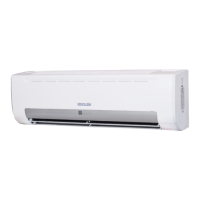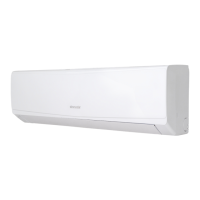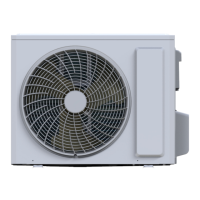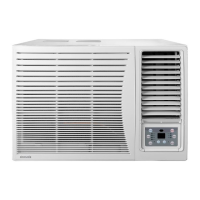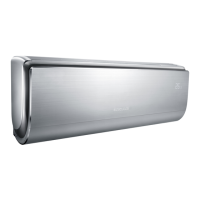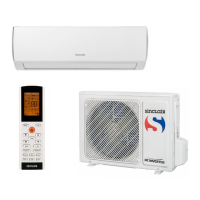10 201806
3 Unit Placement
3.1 Placement Considerations
Unit placement should take account of the following considerations:
Units should not be installed in the following locations:
Where exposure to direct radiation from a high-temperature heat source or to interference from a source of
electromagnetic radiation may occur.
Where dust or dirt may affect heat exchangers.
Where exposure to oil or to corrosive or harmful gases, such as acidic or alkaline gases, may occur.
Where exposure to salinity may occur, such as seaside locations.
Where highly flammable materials are present.
Where exposure to oily air may occur, such as a kitchen.
Where exposure to very high humidity may occur, such as a laundry.
Units should be installed in positions where:
The ceiling is horizontal and is able to bear the unit’s weight.
There are no obstructions that could impede the airflow into and out of the unit.
The airflow out of the unit can reach throughout the room.
There is sufficient space for access during installation, servicing and maintenance.
The refrigerant piping and drain piping can be easily connected to the refrigerant piping and drain piping
systems.
Short-circuit ventilation (where outlet air returns quickly to a unit’s air inlet) will not occur.
3.2 Space Requirements
Figure 3.1: High Static Pressure Duct space requirements (unit: mm)
Maintenance space
Maintenance space
checking port
600mm* 600mm
500mm or up
600mm or up
Air outlet
Air inlet
Canvas tie-in Canvas tie-in
Air dust filter
checkingorifice
Isolation booth
Isolation booth
